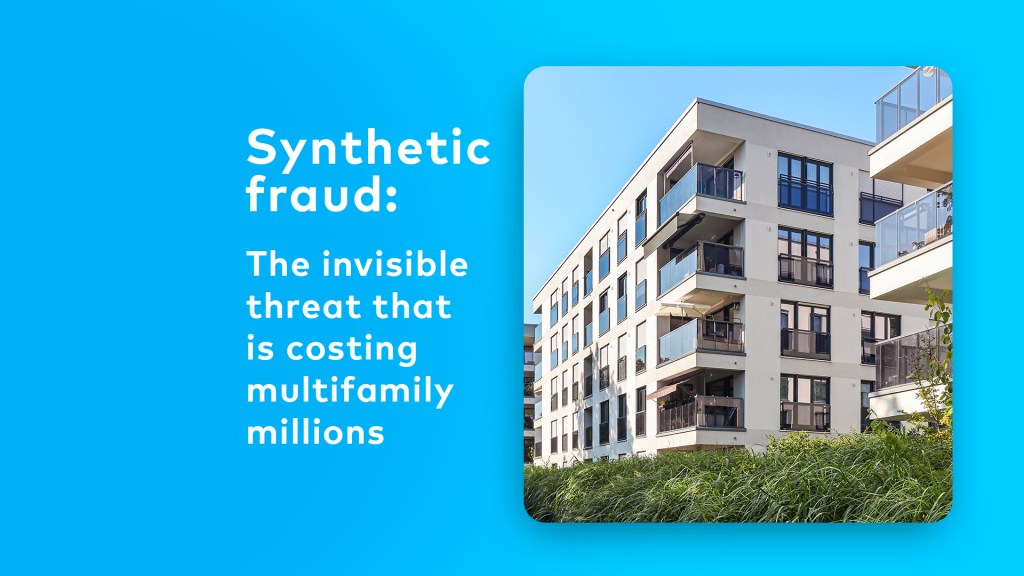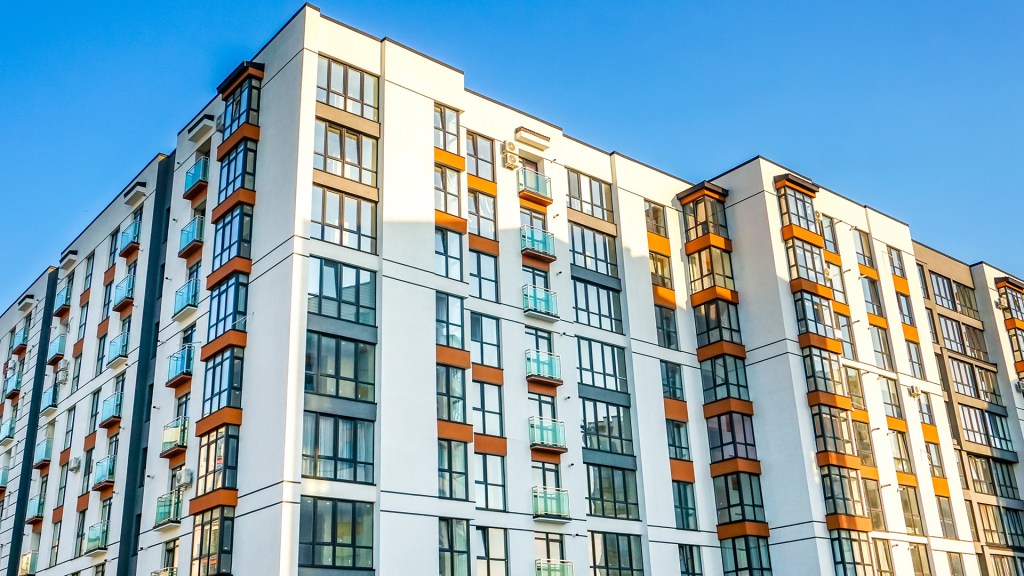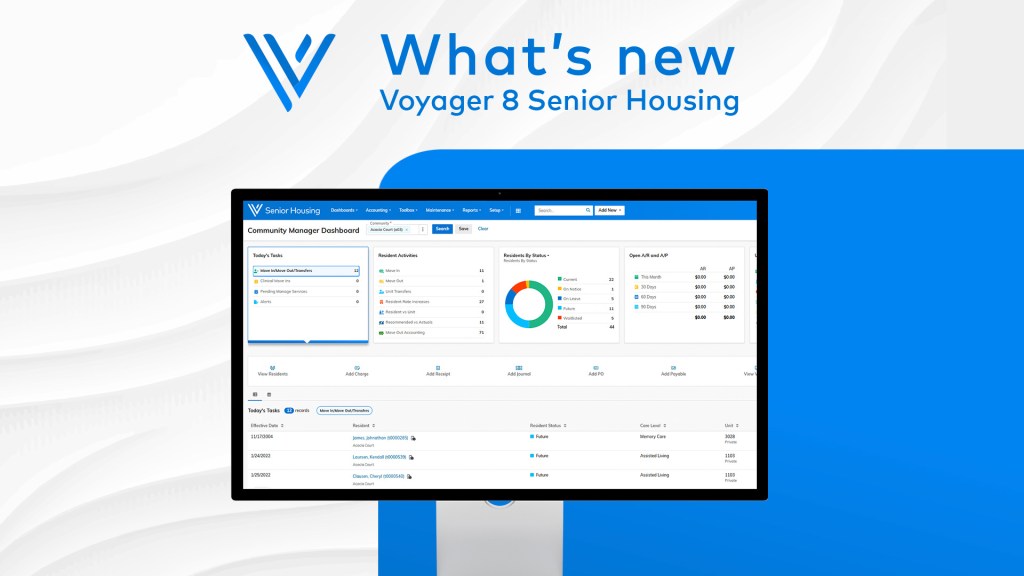By Erica Rascón on October 29, 2014 in News
In the traditional American Dream, renting was a transitional phase before upgrading to home ownership. That trend has all but vanished as mature adults rediscover the joys of renting. Joint Center for Housing Studies of Harvard University estimates that  2.2 million additional Baby Boomers will enter the rental market within the next decade, soon accounting for more than half of renter household growth. As more seniors turn to renting, many multifamily communities are exploring aging in place features that can appeal to seniors as well as younger generations.
2.2 million additional Baby Boomers will enter the rental market within the next decade, soon accounting for more than half of renter household growth. As more seniors turn to renting, many multifamily communities are exploring aging in place features that can appeal to seniors as well as younger generations.
The National Association of Home Builders’ What Home Buyers Really Want report has identified key accessibility features that residents crave:
Master suite on main No one wants to haul themselves up and down stairs for a shower, especially not as they get older. Aging in pace rentals require a full bath on the main, ideally with a separate restroom for guests. While this is easy for most apartments, condo and townhome owners may face hurdles when marketing to seniors.
Wide passageways Doorways that are at least 3’ wide and hallways that are at least 4’ wide make it easy for maturing adults to maneuver, especially if assisted by a wheelchair.
Barrier-free entryways Seniors avoid rentals with stairs anywhere between the parking area and the unit’s entrance, preferring communities that provide ramps and elevator access. Consistent flooring is also a coveted factor. Seams between different surfaces, such as carpet and hardwoods, could cause residents to stumble.
Accessibility features Small touches make any house a home. For adults who plan to age in place, a home that is customized with accessibility features makes daily tasks less daunting. Low cabinets and countertops, support structures in bathrooms, and walk-in showers aid users who may have limited mobility.
Lighting As our vision declines, traditional lighting proves inadequate. Traditional lighting—a lamp here, a fixture there—creates pools of light that make it difficult for weak eyes to focus, hindering accurate depth perception. Aging in place rentals will benefit from universal lighting.
While none of these features hinder younger residents from living in the units, some aging in place customizations aren’t preferred by all.
“I don’t know if I want to be reminded every day of my aging body, or that I’m going to be older and maybe less capable of what I’m doing now,” says Kate Ulmstead, a renter in Marietta, GA. “Going into my apartment and seeing metal bars in the bathroom reminds me of being in a hospital or something. I wouldn’t want that.”
Some accessibility features don’t carry such weighty implications. As a “vertically challenged” person, I wouldn’t mind lower cabinets. I wouldn’t have to use grill tongs to pull down items that I need!
The fact that some accessibility features are better received by the general public than others may give owners something to think about when planning properties that appeal to multiple generations. There are several ways to provide renters with options.
During builds and renovations, some owners may choose to designate buildings for seniors while others explore the options of accessible floors or individual units scattered throughout the property. Each choice comes with its own appeal. Designated buildings are perhaps the easiest choice and it creates an instant sense of community among neighbors. As an added bonus, mature adults can avoid the crying newborns and house parties of their younger community members.
But for properties that may not be able to fill an entire building, designated floors or units may be the more cost-effective option. Such arrangements will also accommodate Baby Boomers who refuse to live in anything that reflects a traditional retirement community, so the mixed-generational approach will appeal to them.
Has your property made accommodations for aging in place seniors? What plan has worked best for your community?


